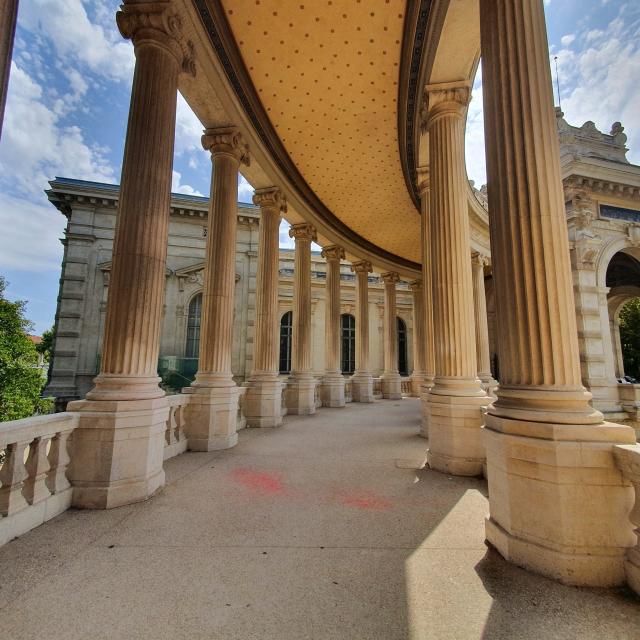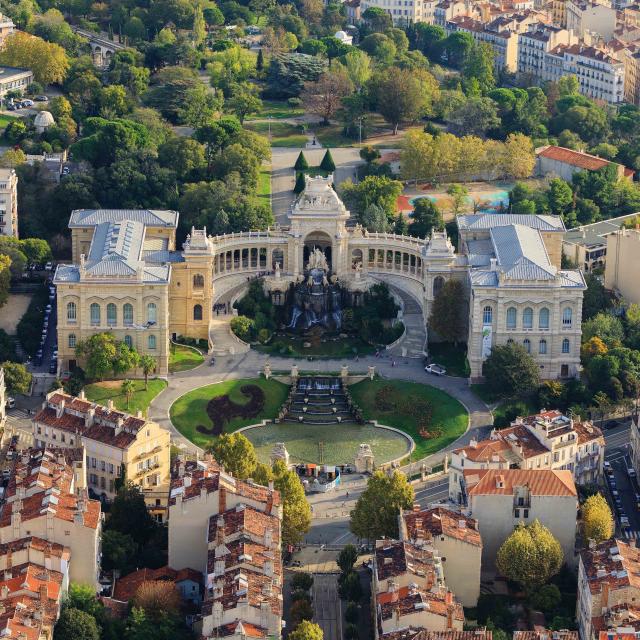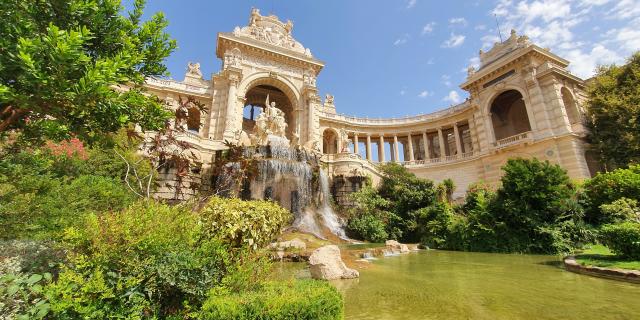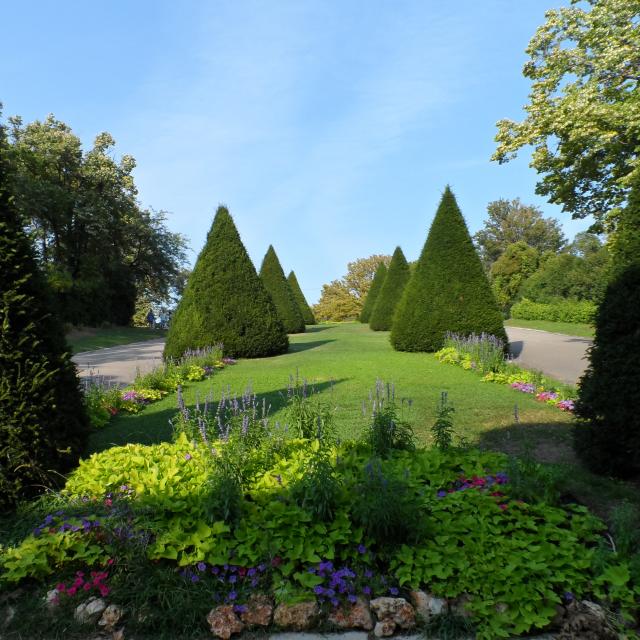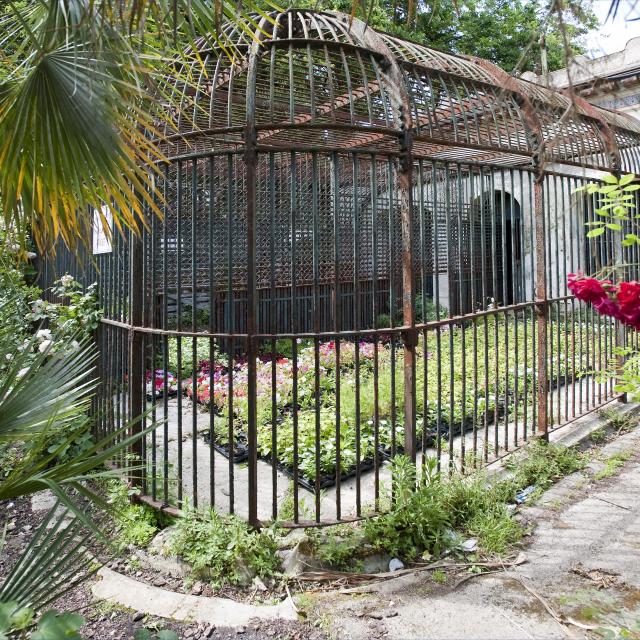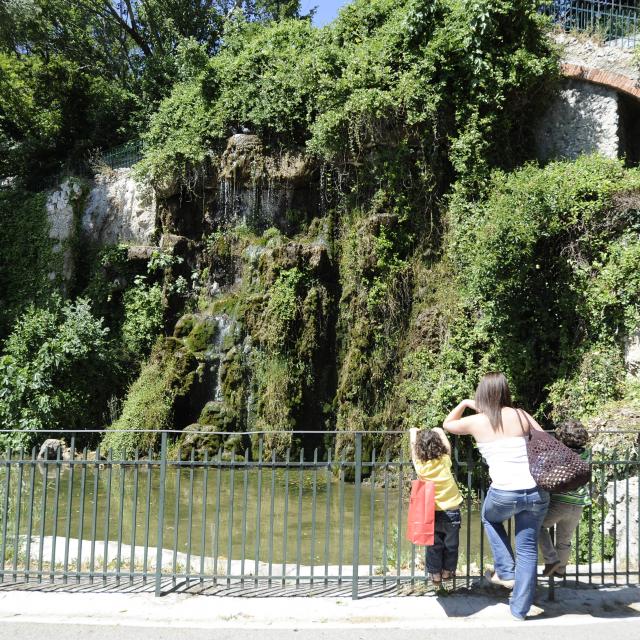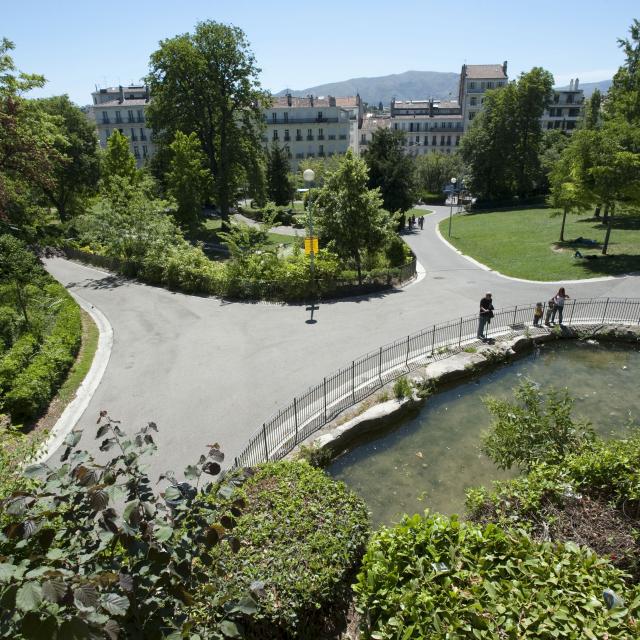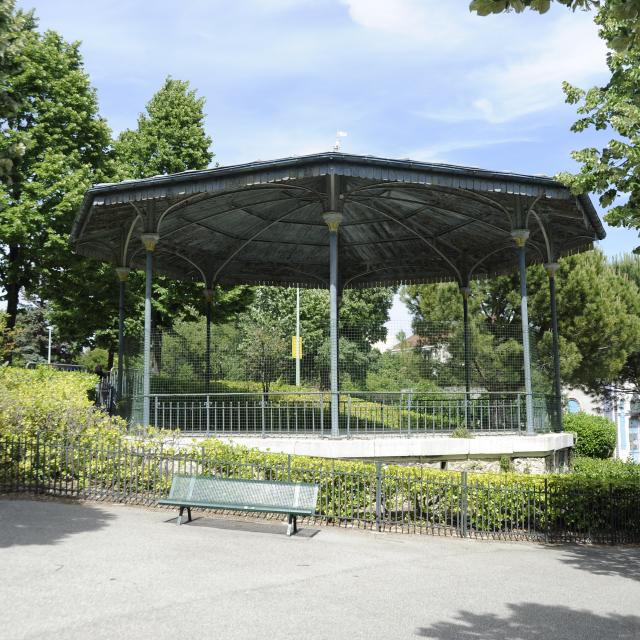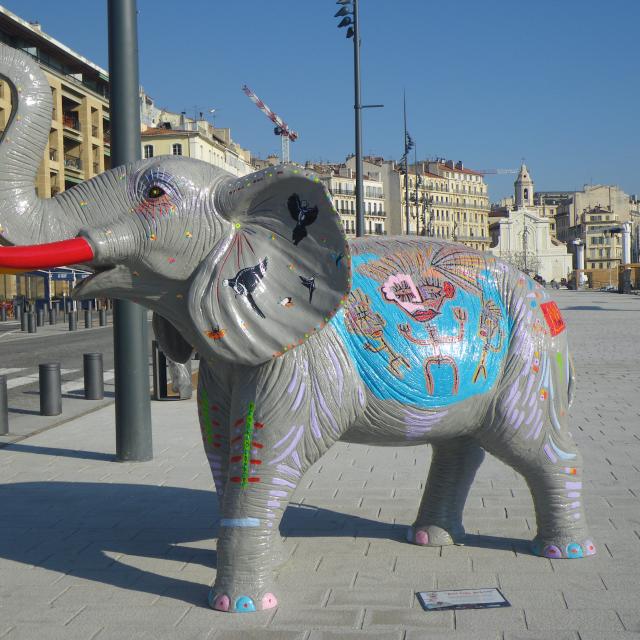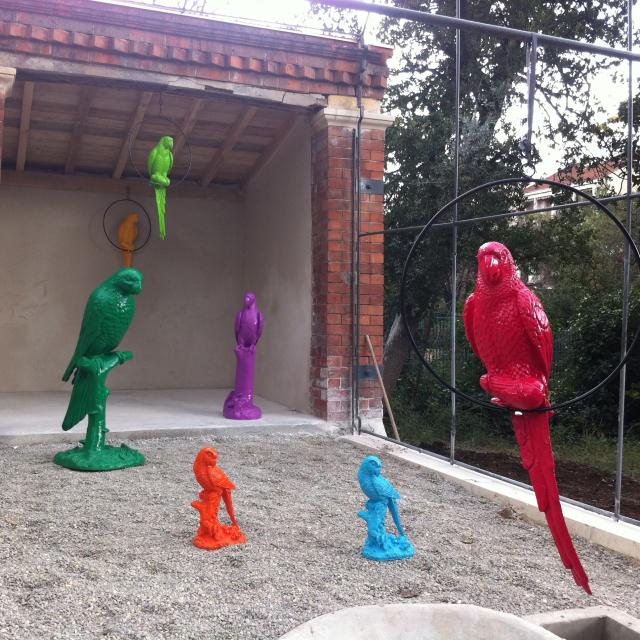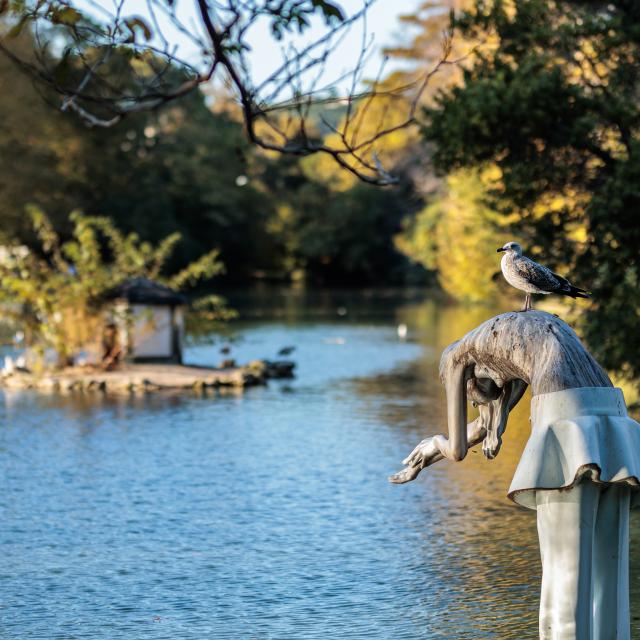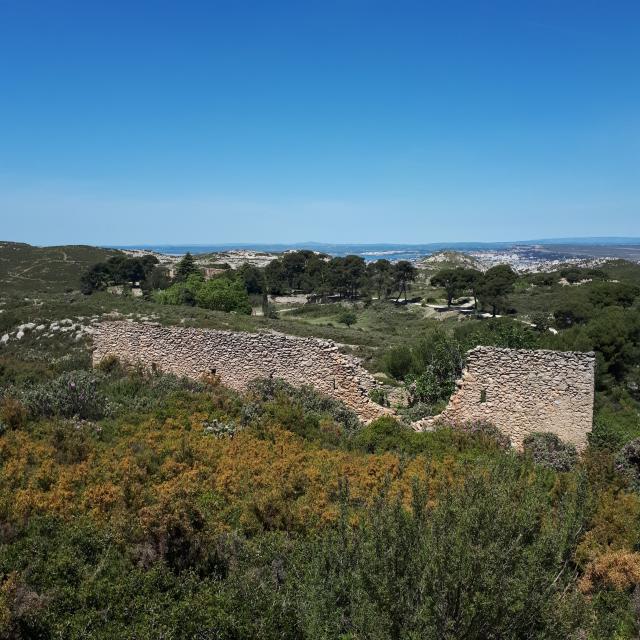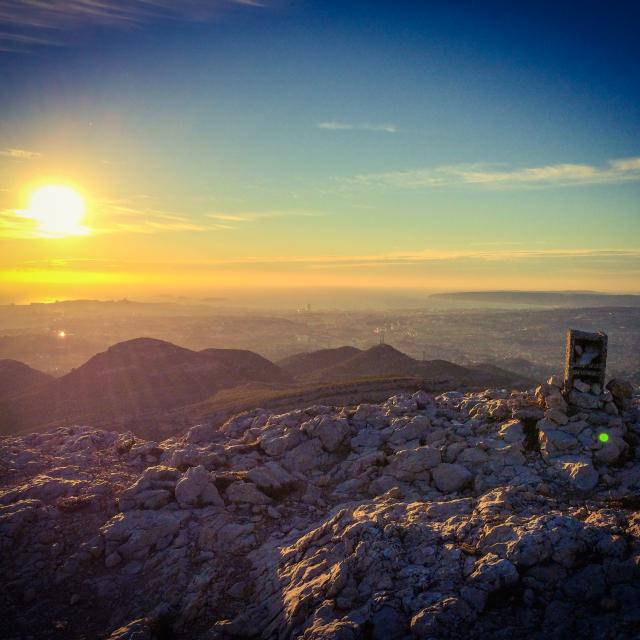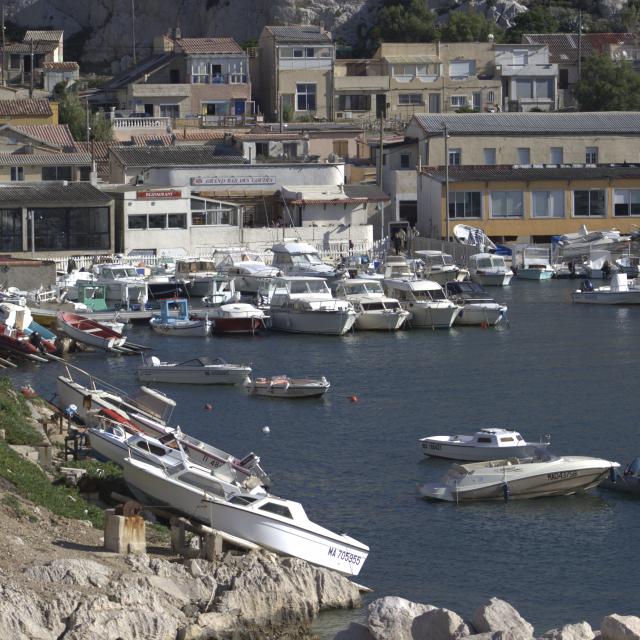The park today
Today the park is home to rides, playgrounds (some in the shape of animals to remind us of the zoo) and several play areas for children. The park is ideal for picnics and walks. Pony rides are also available, as well as a refreshment stand, two snack bars and toilets.
There is also a botanical garden and the old zoo is still visible. The old cages have been preserved, some of the animals have been replaced by colourful, life-size fibreglass animals. Indeed, on the occasion of Marseille European Capital of Culture in 2013, an open-air exhibition of animals was created in the Parc Longchamp, and some of these colourful animals regularly ‘came out’ of the zoo to be exhibited in the city centre to the delight of passers-by. You can still see these strange animals in the old zoo cages today!
In 2005, the Ministry of Culture recognised the Longchamp garden as a ‘remarkable garden of France’.
Activities all year round
The Parc Longchamp is a privileged place that hosts many events. Every summer, the ‘Marseille Jazz Festival of the Five Continents’ takes place there, with internationally renowned artists, open-air cinema, exhibitions, and events such as ‘the legendary lights of China’, which in 2019 allowed us to discover animals made of silk and illuminated at nightfall, in a magical atmosphere for everyone!
The Marseille Observatory
During a walk in the park, you can go to the observatory to enjoy a beautiful attraction based on astronomy. The Andromeda association introduces visitors to the sky, the constellations, the planets, the movement of the moon and the sun, and to the universe. Planetarium sessions for all audiences are offered: they are followed, when the weather permits, by observation of sunspots.
Before and after these sessions, exhibitions and guided tours allow visitors to discover the Observatory’s large telescope, the 80 cm diameter Foucault telescope (the largest in the world for a century). The history of the large telescope, the moon and the satellites of the planets, or light and astronomical instruments will no longer hold any secrets for you!
The association offers three levels of astronomy courses and seminars open to all.
It’s a fun and instructive activity to do with your family during your stay in Marseille!
